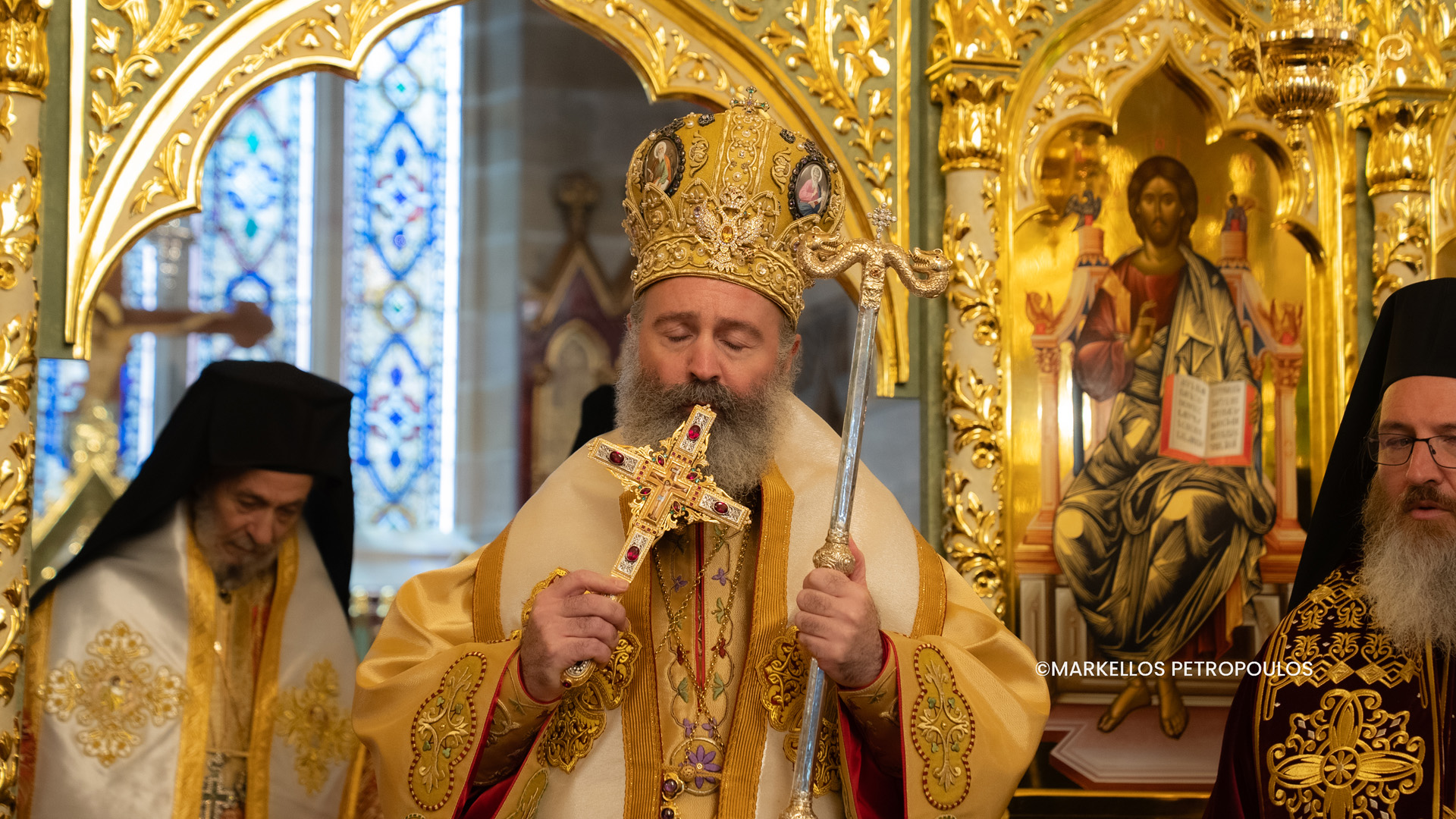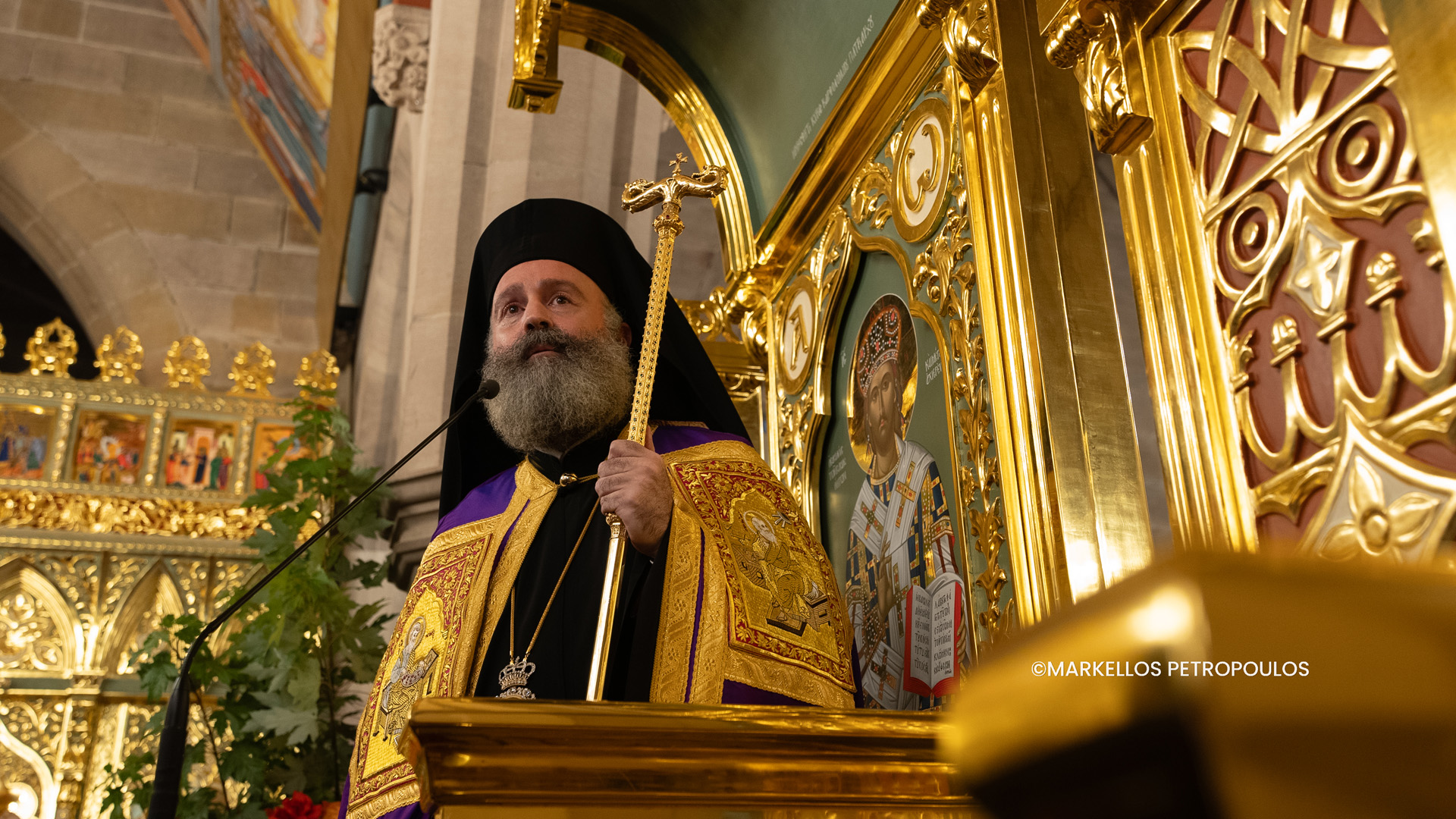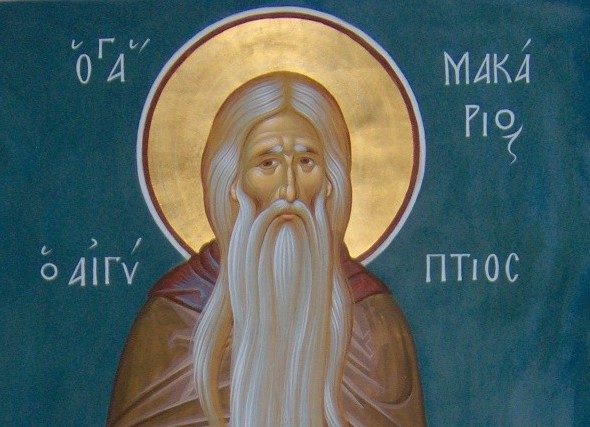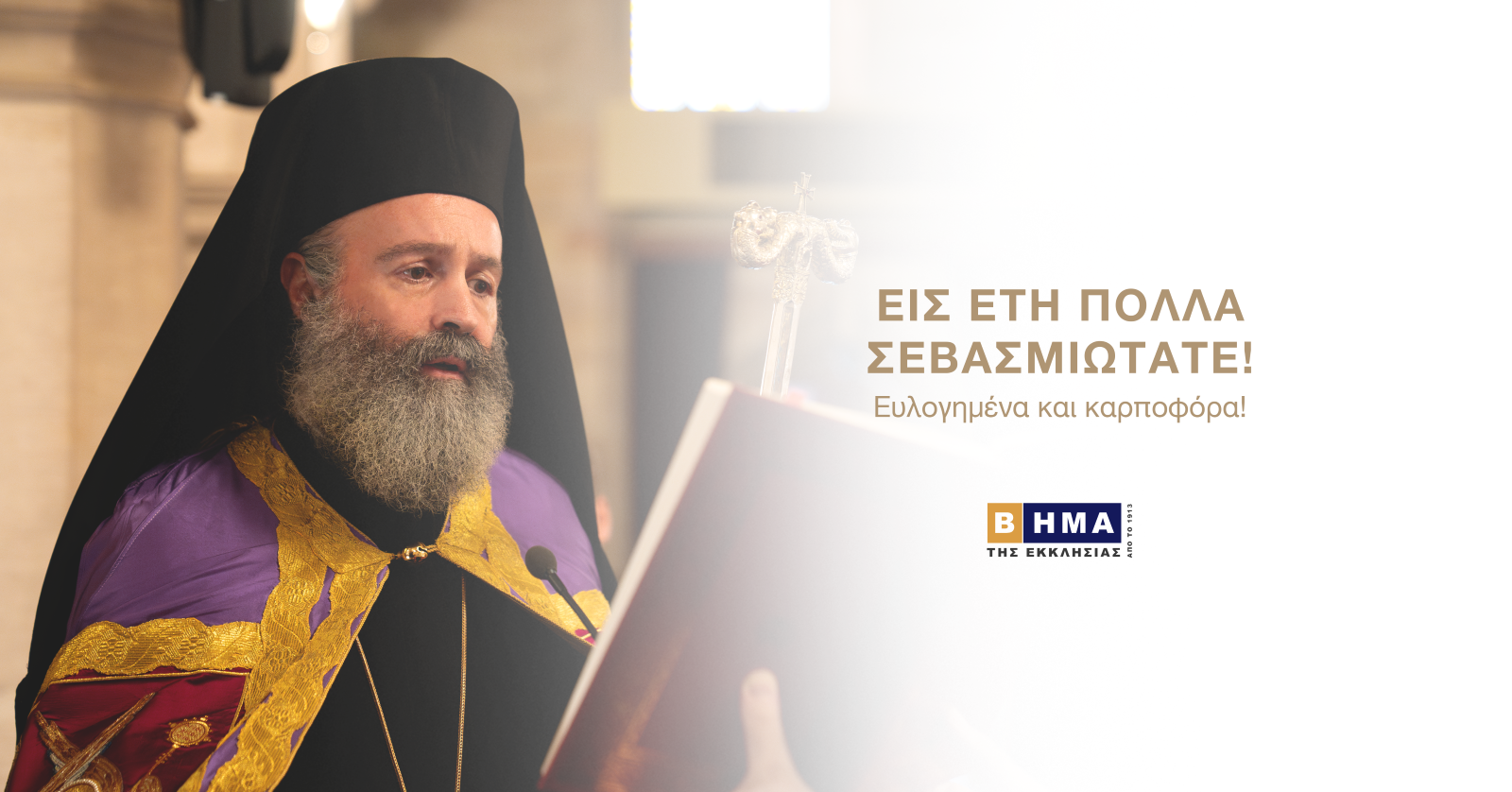Synaxis of All Saints of Vatopaidi Monastery (10 July)


The greatest wealth of the most revered Mount Athos is arguably the multitude of its saints. Saint Nikodemos the Hagiorite (July 14), in his most beautiful laudatory discourse on them, says: “Mount Athos wants to be a place of holiness; a place of purity; a place where so many holy feet stepped; a place where the dirt is mixed with the blood, sweat and tears of hundreds and thousands of venerable fathers. All in all Mount Athos is a place of virtue and good works.”
This beautiful place has proved to be a workshop of virtue, good works and the formation of perfection for many souls. Rightly it has been said: “The monks who dwell there are nourished spiritually, not so much by its natural form and natural beauty, which indispensably contributes to the peace and uplifting of the soul, as much as by the particular promises and blessings given to them by the Mother of God, the Lady Theotokos. According to the traditions, Mount Athos was given to her from her Son as an inheritance.” These words were spoken by Saint Gregory Palamas of Vatopaidi (Nov. 14) about Saint Peter the Athonite (June 12) in the fourteenth century. According to the life of the venerable Kosmas of Zographou (Sept. 22), on a certain feast of the Annunciation of the Theotokos, when he visited as a pilgrim the Monastery of Vatopaidi that was celebrating, “he saw a woman serving and caring in the church and the dining area of the Monastery; and not knowing that this was the Most Holy Theotokos he was saddened very much, because he supposed the monks received women in the Monastery, which was risky. Therefore, having returned to Zographou, the Abbot saw him exceedingly sorrowful, and asked of him the cause. The Saint told him what is mentioned above. The Abbot then told him: ‘Know, my child, that the woman you saw was the Most Holy Theotokos, the protector of that Monastery, as well as this entire Mountain.'”


Saint Maximos the Greek of Vatopaidi (Jan. 21), in the sixteenth century, mentions the visit of the Theotokos herself to Vatopaidi Monastery: “The Theotokos then went with the Apostle John to the Holy Mountain by ship, and the first place where they came to shore was where the Monastery of Iveron was founded, and where they walked is where the Monastery of Vatopaidi exists today.” The lives of the Vatopaidi Saints are characterized by their intense love for the Theotokos, and the Monastery is characterized as being protected by the Theotokos and covered by the Theotokos. We don’t think that another monastery exists in the entire Orthodox world that has gathered within its walls seven wonderworking icons of the Theotokos. Rightly did the blessed Elder Ephraim of Katounakia say (even after the installation of the brotherhood of Elder Joseph): “If the Holy Mountain is the Garden of the Panagia, the Monastery of Vatopaidi is its throne.”
There are different traditions as to when monks first appeared on the Holy Mountain; in any case it was before the ninth century. The same is true as to when the Monastery of Vatopaidi was first established. One tradition from the sixteenth century says that it was founded by Constantine the Great, destroyed by Julian the Apostate, and reestablished by Theodosius the Great in the fourth century. According to this story, the son of Emperor Theodosius, Arcadius, was rescued from a shipwreck and found in a bush near the Monastery, which is how Vatopaidi received its name, vato meaning bush and paidi meaning child. Then “from the fourth till around the beginning of the tenth centuries, the traditions mention that the Monastery existed in prosperity and wonder, which caused pirates to come and destroy it.” In a recent archaeological dig around the Katholikon of the Monastery there were found the foundations of an early Christian basilica.
The documented history of the Monastery begins in the tenth century, when three noble rulers of Adrianople, Nicholas, Athanasios and Anthony were sent by the venerable Athanasios the Athonite (July 5), the founder of Great Lavra, who also drew up its typikon, to reestablish the destroyed Monastery thus making the Saints its founders. In 985 the first abbot of the Monastery, Nicholas, signed its document. In 1992 the graves of the venerable founders were opened and their honorable relics were found during the Midnight Service in the Katholikon of the Monastery. Soon the virtues of the venerable founders gathered many monks, many of whom were distinguished by their virtue and wisdom. The ten centuries of the continuous history of the Monastery have offered many souls beautified to heaven and not a few with the halo of holiness. It is indeed an indisputable fact how “in one monastery, such as Vatopaidi, with such a rich history and spiritual tradition, the saints who lived and labored in it, do not present only one tactile image of its history, but also their spiritual identity.”


The known saints of the Monastery now number beyond 66. Certainly there are others, unknown to us but known to God, whose names will be revealed to us “on that last day”. The study of the wonderful lives of these saints, who have had a direct or indirect relationship with the Monastery of Vatopaidi, either because they reposed there or settled there for a short or long period of time, will show us, among other things, the breadth of their spiritual radiance throughout the course of more than a millenium of its bright history.
The saints of the sacred Monastery of Vatopaidi have showed it to be primarily an Orthodox rampart, an impregnable castle of Orthodoxy, asceticism, theology, confession and martyrdom. Through its saints it has truly emerged as a great Monastery and important hesychastic center, an anti-unionist habitation, an acropolis of enlightenment, a bright coenobium of saint-bearing and saint-nourishing multi-bearing and beauty-bearing Mount Athos. It is of no small significance that the sacred figures, like the great Father of our Church and excellent champion of the hesychast tradition, the exquisite theologian of the uncreated energies of God and the theosis of man by grace, the God-bearing Gregory Palamas (Nov. 14), later the Metropolitan of Thessaloniki, and the most wise missionary Saint Maximos the Greek (Jan. 21), the martyric illuminator of the Russians, and many others, matured spiritually in this exquisite Monastery. Noteworthy also is something that confirms the above, that “a delegation from the Monastery had participated in the Synod of Ferrara-Florence on the side of Saint Mark the Evgenikos (Jan. 19), who was closely linked with Vatopaidi and fervently wished to become a monk there.”
It is a fact that the saints of the Monastery together with the grace-flowing relics of the saints, the many wonderworking icons of the Theotokos and her beyond uncontaminated Honorable Belt, are their greatest treasure. This “production” alone values its existence, since a single Monastery is primarily a workshop of virtue and a crucible of holiness. The saints of the Monastery, during Byzantine and Post-Byzantine times and throughout the Turkish occupation, played a role in developing her history and revealed the high degree of her spirituality. Thier divine lives, soul profiting teachings and myriad inspired works, their icons and grace-flowing relics remain a source of inspiration, a motivation to imitate their long ascetic struggle, to achieve divine goals, not only in todays blossoming, God-loving brotherhood, but for all the pious pilgrims and all the faithful, since the saints of Orthodoxy reside throughout the saint-loving fullness of the Church and constitutes its wealth and glory.
The Synaxis of the Vatopaidi Saints is honorably celebrated every year on the 10th of July with a vigil.
Source: Translated by John Sanidopoulos.




